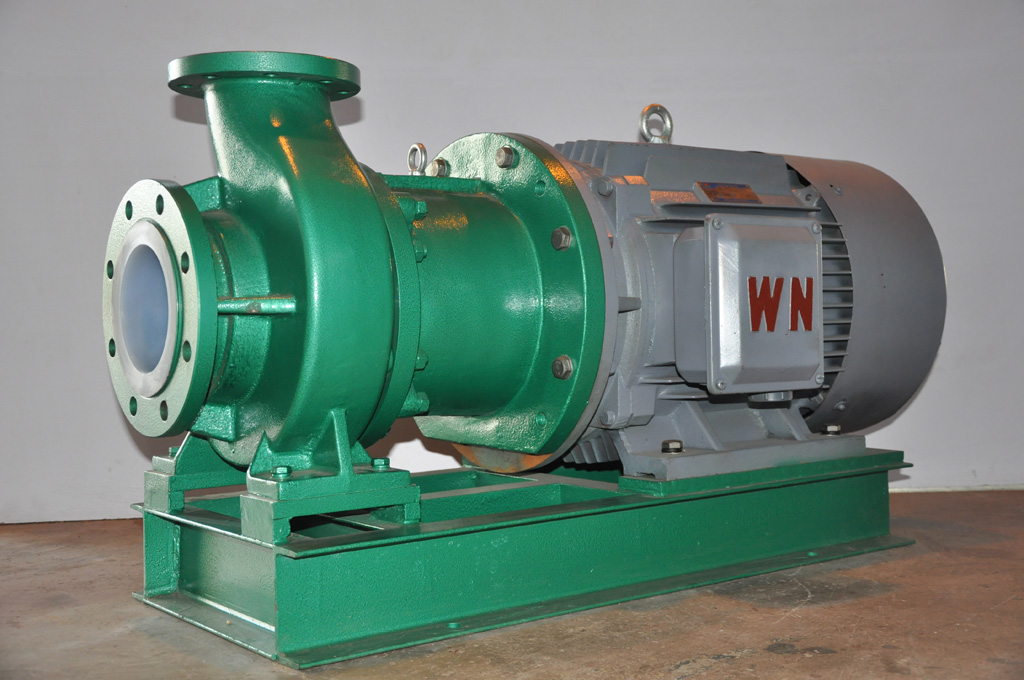Ball valve: a key component in industrial piping systems
2024-06-12In modern industrial and household piping systems, ball valves have become one of the key components of fluid control with their simplicity, reliability and efficiency. As a valve widely used in the fields of petroleum, chemical industry, natural gas, water treatment, etc., ball valves have been widely recognized worldwide for their superior performance and diverse application scenarios.
What is a ball valve?
A ball valve is a valve that controls the flow of fluid by rotating a sphere with a circular channel. Its working principle is very simple: when the channel of the ball is aligned with the pipeline, the fluid can pass through; when the ball is rotated 90 degrees and the channel is perpendicular to the pipeline, the fluid is blocked. This design makes the ball valve easy to operate during opening and closing, and has good sealing performance.
Main features of ball valves
1. Excellent sealing performance: The ball and valve seat of the ball valve are usually made with high-precision manufacturing technology, which ensures that the valve can achieve good sealing under high and low pressure conditions.
2. Rapid opening and closing: Since the ball valve only needs to rotate 90 degrees to complete the opening and closing operation, its response speed is very fast, which is suitable for application scenarios that require rapid cutting.
3. Strong durability: The ball valve has a simple structure, fewer moving parts, less wear, long service life and low maintenance cost.
4. Wide versatility: Ball valves can be used to control a variety of fluids, including gas, liquid, steam, mud, etc., and are very adaptable.
Application areas of ball valves
Ball valves are widely used in all walks of life. The following are some typical application areas:
1. Oil and gas industry: Ball valves are used to control the flow of oil and gas in the transmission pipeline to ensure the safety and stability of the transmission process.
2. Chemical and pharmaceutical industries: In these fields, ball valves are widely used for the transmission and control of corrosive media, and are highly favored for their corrosion-resistant materials.
3. Water treatment system: Ball valves are used for fluid control in water treatment processes to ensure the efficient operation of water treatment equipment.
4. Home plumbing system: In home water supply and heating systems, ball valves are widely used because of their easy operation and simple maintenance.
Introduction of new technologies
With the advancement of science and technology, ball valve technology is also developing. Modern ball valves use more advanced materials and manufacturing processes to improve their durability and applicability. For example, ceramic ball valves and metal-sealed ball valves perform better in high-temperature and high-pressure environments. In addition, the emergence of smart ball valves, through integration with automated control systems, enables remote monitoring and automated operation, further improving the management efficiency of pipeline systems.
In short, as an important fluid control component, ball valves have become key equipment in industrial and household pipeline systems with their superior performance and wide application. With the continuous advancement of technology and the deepening of application, ball valves will play a greater role in more fields, providing reliable protection for modern industry and daily life. Whether in harsh industrial environments or in daily household use, ball valves have demonstrated their irreplaceable and important position.









